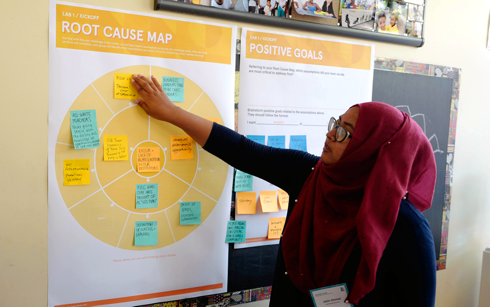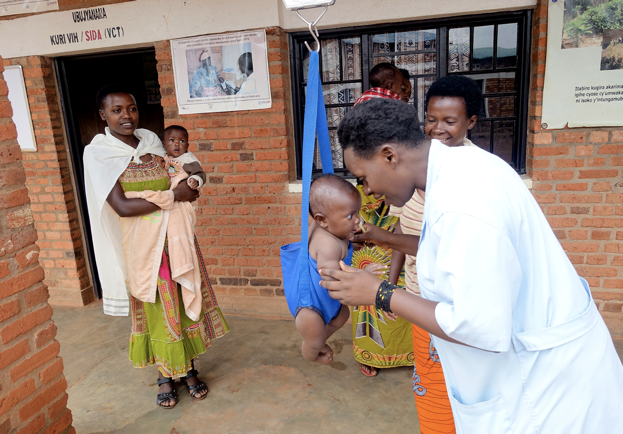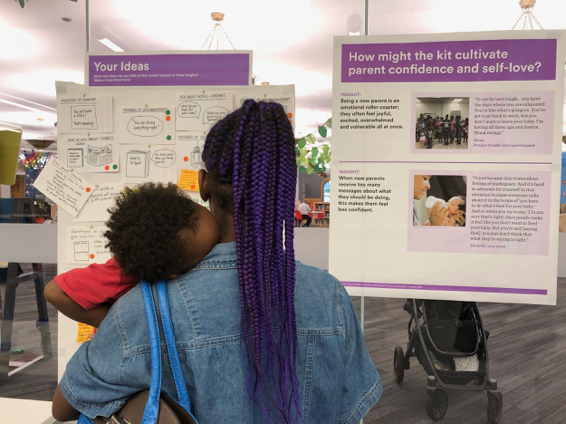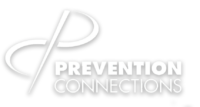Community Engagement Principles for a Healthy Virginia
April 23, 2020
While most plans are generated with the best of intentions, many fall short and become shelf documents simply because the stakeholders needed to ensure implementation are not able to see their own realities and needs reflected in the plan. Authentically engaging stakeholders is the key to moving the Action Plan for a Healthy Virginia from vision to reality to ensure all Virginians can reach their full health potential.
When designing an authentic community engagement strategy, consider the following:
Understand the “why”
People are often bombarded with messaging around healthy living/eating and yet obesity and other health challenges continue to be a problem. It is not only important to understand the behaviors that are or not occuring, but why so that solutions go beyond the surface to address deeply rooted issues.
Tools & Tactics
We often use the activity of five “whys” to help point us in the direction of uncovering root causes. We identify the challenge and then ask “why does/did this happen?” and once that is answered, we again ask “why does/did this happen?” and continue to repeat it a few more times. The number of times you ask the why is less important. Rather, the deeper issues emerge when you go beyond the initial statement to uncover the underlying cause of a particular behavior and addressing that.

Observe reality, don’t just hear about it
Before making assumptions about stakeholders, we need to understand what’s really going on. While we can get some understanding of a person’s lived reality by simply asking them, sometimes asking questions is not enough. Really understanding a person’s experience might require you to put yourself in their shoes and observe them in their element.
Observations can tell the story of an actual reality. What we say we do versus what we actually do might vary. Not because we are intending to lie, but sometimes we tend to speak more aspirationally than we live (e.g., I say I work out four days a week, but if you follow me around for a week, it may actually only be twice a week). We also just tend to forget details or don’t disclose them because they don’t feel significant enough. In some cases, we might observe something wildly different than what we heard. In other cases, our observation might just validate what we already heard. The intent here is not to catch anyone out, but rather to recognize that there is a chance that we might uncover new or different information.
Tools & Tactics
Observe people in their context to get a much deeper look into their day-to-day challenges and needs, painting a much richer and truer picture of what’s really going on.

Allow people to see themselves in the solutions
In order for people to feel motivated and invested for a long period of time, they need to be able to see themselves in any plan. With regard to the Action Plan for a Healthy Virginia, while the strategies might serve as a north star, there are still some gaps that community members and other stakeholders can help fill. Letting community members brainstorm specific tactics around a particular strategy can give them ownership of an idea and the subsequent idea is more likely to be a result of what someone actually said they need and want, rather than an assumption.
Tools & Tactics
Keep the ask open-ended. We often phrase our brainstorming prompts as “How Might We”s. For example, one of the strategies in the Action Plan for a Healthy Virginia is “Promote exclusive breastfeeding for the first 6 months of life and continue breastfeeding with the introduction of solid foods until the age of 1 year or older.” You could come up with a number of solutions that fit this strategy and start to implement them, crossing your fingers and hoping your guess is right. Or you might ask communities and mothers themselves, “How might we promote breastfeeding among mothers of young children?”, which could potentially result in dozens of ideas that are community-driven that could then be narrowed and implemented.

The Action Plan for a Healthy Virginia has the potential to make a big difference in people’s lives. While the Plan will require investment and collaboration from a number of entities, the role of communities will be a key factor in determining success. It will be imperative that communities see their realities reflected in efforts and clear opportunities for how they can be a part of the decisions that impact their health and the health of their future generations.
Kareeshma Ali
Kareeshma Ali is a Design Research Lead at Greater Good Studio, a social impact design agency based in Chicago. With over a decade of experience in place-based work, she has collaborated with grassroots organizations, residents, and city agencies on projects ranging from testing quick, tactical interventions to developing long-term master plans. Kareeshma continues to work in diverse contexts, while always striving to practice thoughtful community engagement and co-creating design solutions with local communities.
Kareeshma holds a dual Masters in Architecture and Urban & Regional Planning, and a Post-Professional Certificate in Social and Environmental Design. She regularly writes and speaks on the topic of authentic and meaningful engagement.

